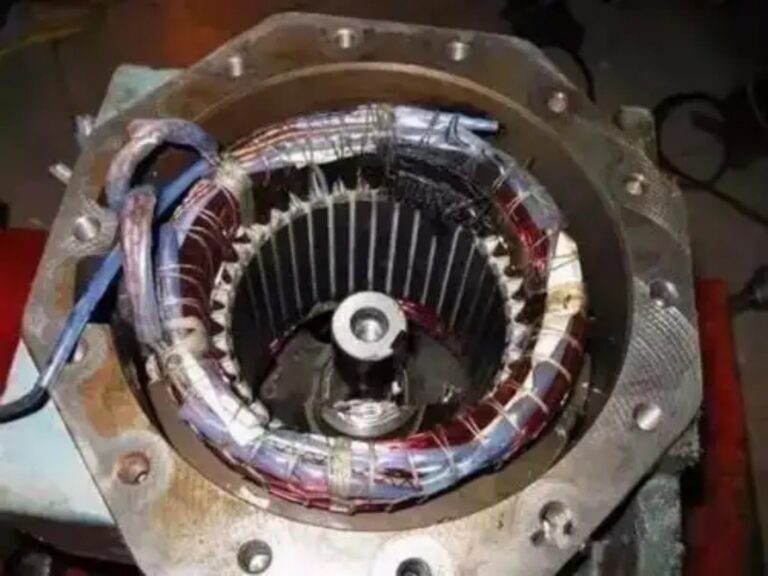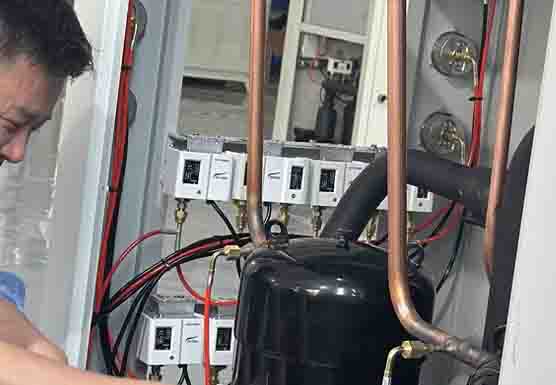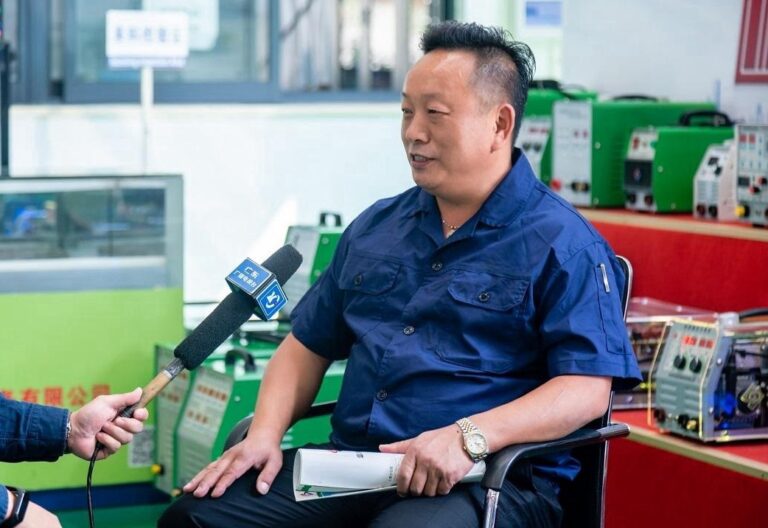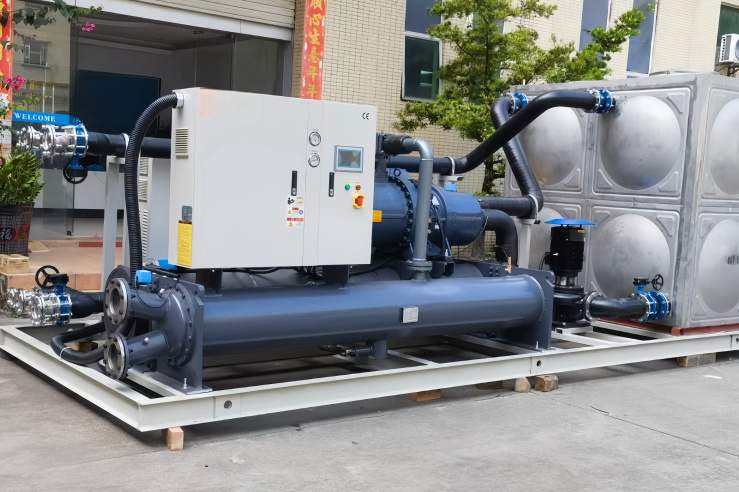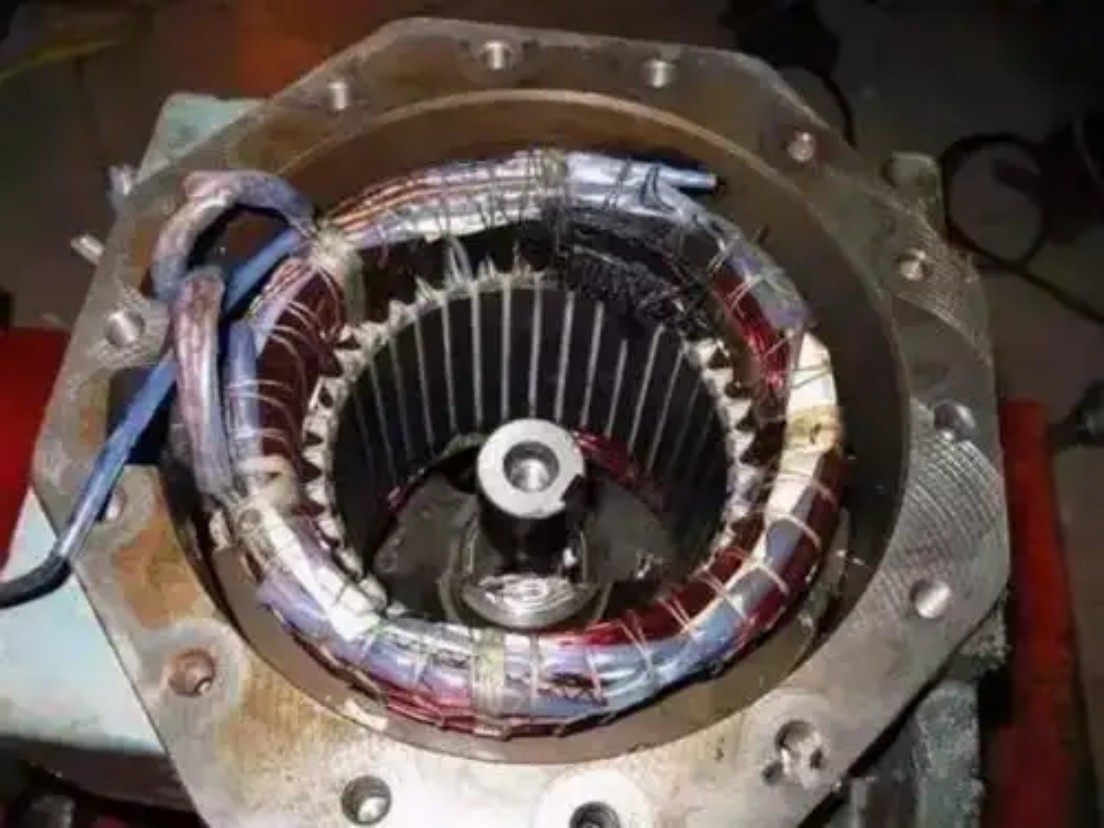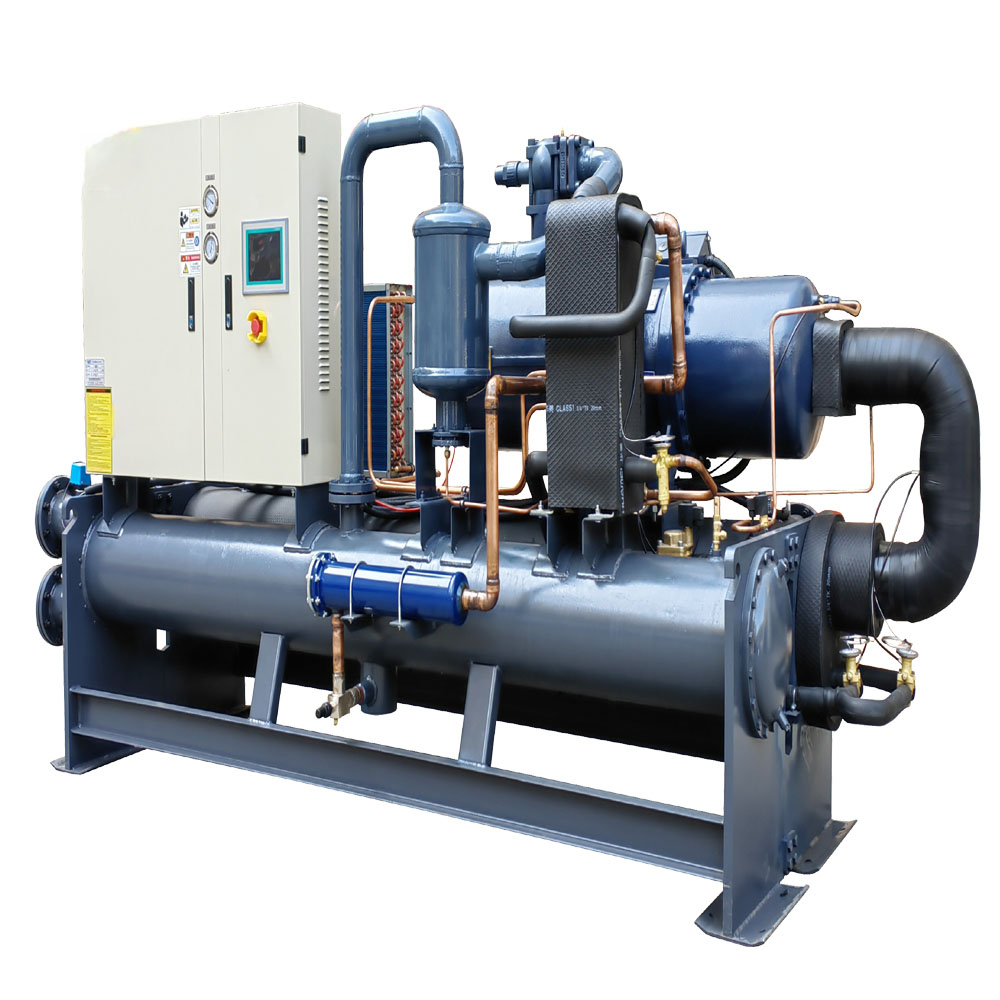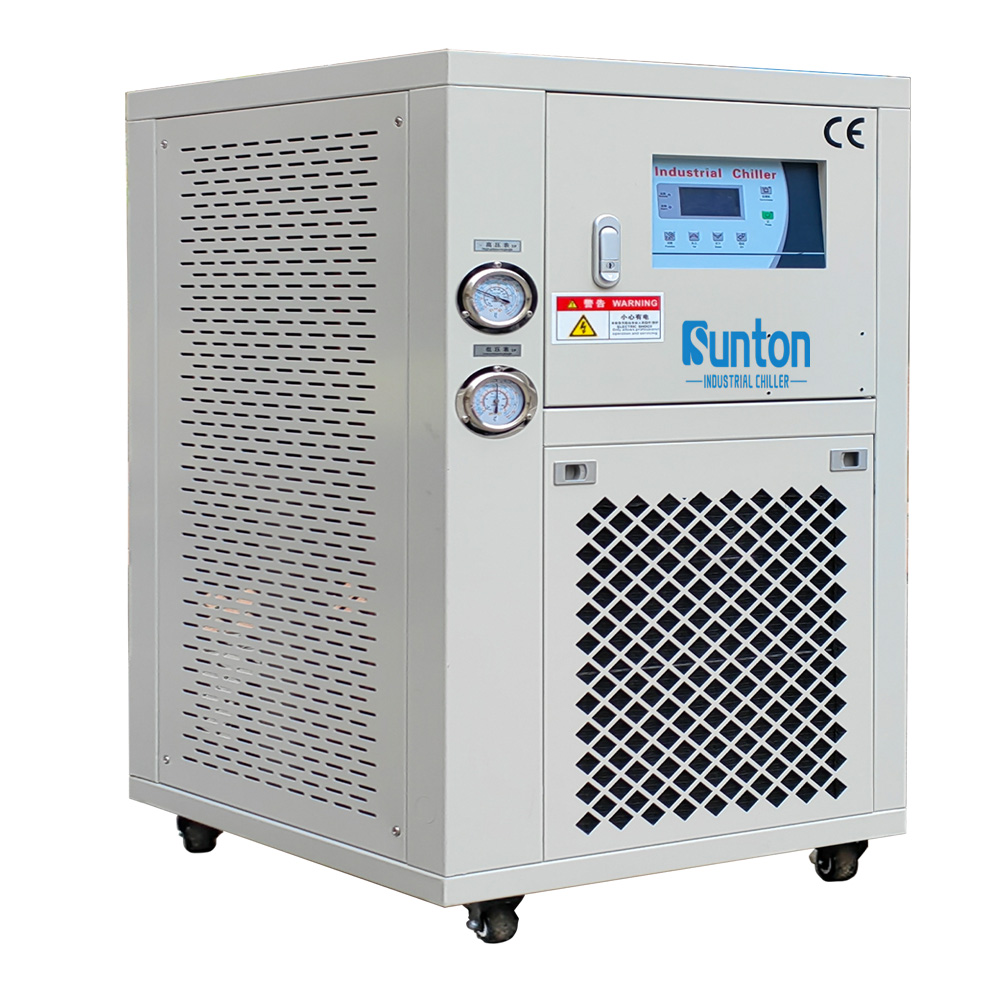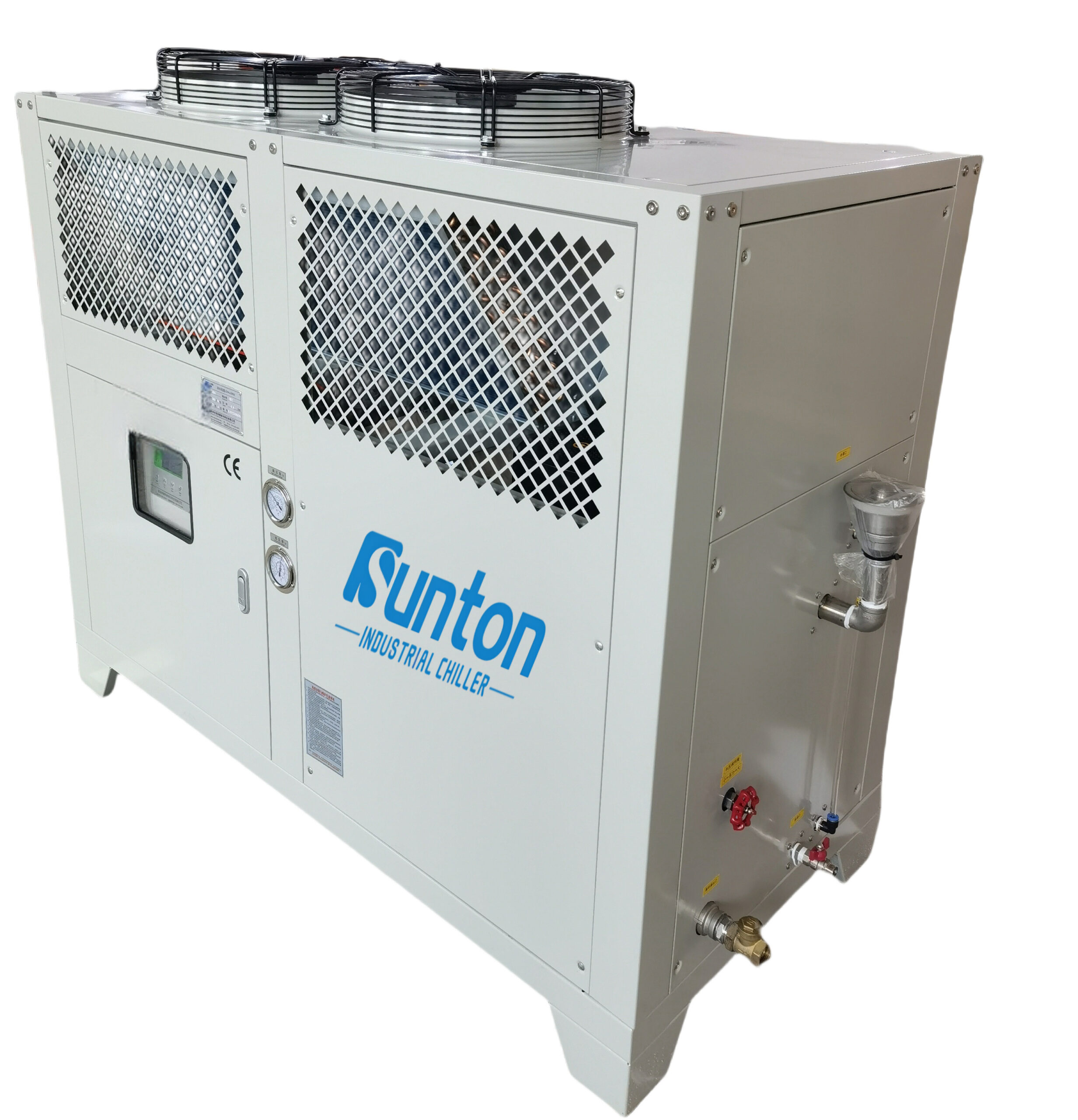-
Dalingshan Industrial Guangdong
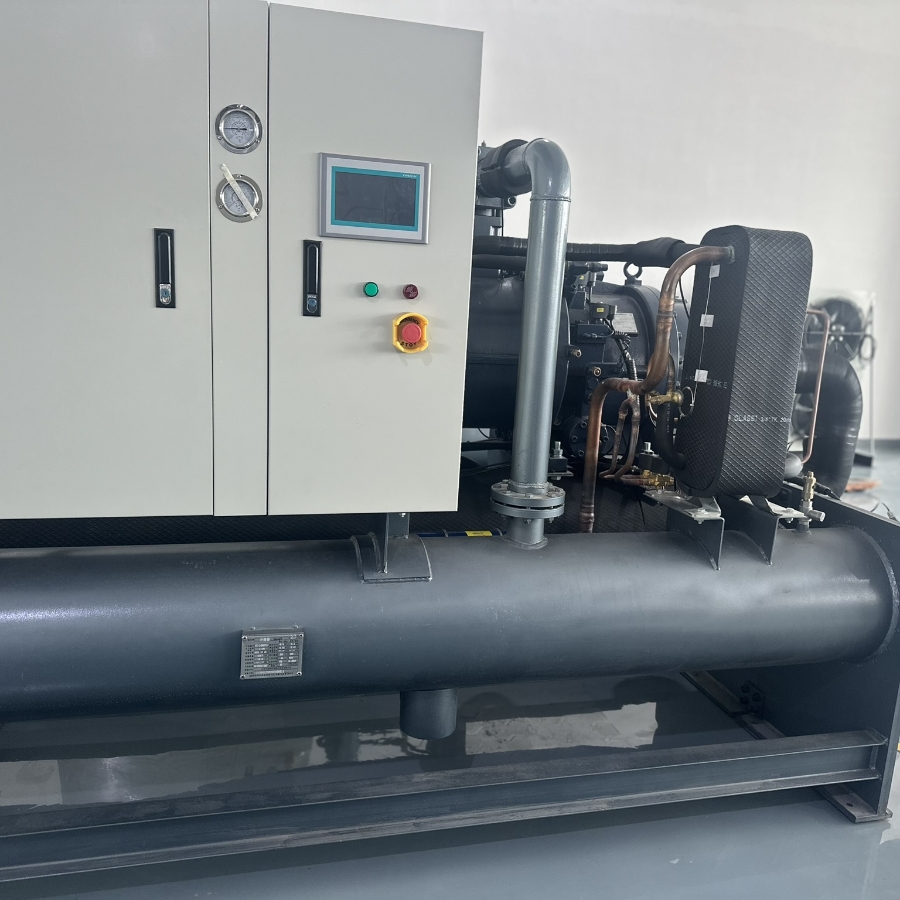
Enfriadores de anodizado industriales
Fabrica e instala los mejores enfriadores de anodizado industrial: Comprensión de los enfriadores de anodizado y enchapado
¿Trabaja en anodizado, enchapado u otros procesos de acabado de metales? Si es así, sabe lo crucial que es un control preciso de la temperatura para lograr resultados de alta calidad. Este artículo se adentra en el mundo de los enfriadores industriales, centrándose específicamente en el anodizado y el enchapado. Los enfriadores son esenciales para mantener la temperatura adecuada durante el proceso de enchapado, con una capacidad de entre 1 y 40 toneladas. Exploraremos qué son, por qué los necesita, los diferentes tipos disponibles y cómo elegir el perfecto para sus necesidades de acabado de metales. Tanto si es un profesional experimentado como si está empezando, comprender el papel de los enfriadores en su operación es esencial para la eficiencia, la calidad y la rentabilidad. ¡Vamos a relajarnos y a sumergirnos en el tema! Somos un fabricante líder y le guiaremos en la selección de las soluciones perfectas para su operación de acabado de metales, garantizando calidad y eficiencia. También contamos con una línea diversa de equipos de refrigeración, incluyendo equipos de refrigeración de procesos industriales para un rendimiento óptimo.
Un enfriador industrial es un sistema de refrigeración que extrae el calor de un líquido de proceso o de un equipo industrial. En el contexto del acabado de metales, este líquido de proceso suele ser la solución utilizada en el tanque de anodizado o chapado. Estos enfriadores son cruciales porque los procesos de anodizado y chapado generan una cantidad significativa de calor debido a la corriente eléctrica. Este calor, si no se controla, puede afectar negativamente la calidad del recubrimiento, provocando defectos, inconsistencias e incluso daños en el equipo. Un enfriador funciona haciendo circular un refrigerante a través de un sistema de circuito cerrado. El refrigerante absorbe el calor del líquido de proceso en el evaporador, enfriándolo. Luego, el refrigerante transporta el calor al condensador, donde se libera al ambiente. Este ciclo se repite, manteniendo la temperatura deseada del líquido de proceso para un acabado de metales consistente y de alta calidad.
¿Qué es el proceso de anodizado y por qué necesita un enfriador?
El anodizado es un proceso electroquímico que aumenta el espesor de la capa de óxido natural en la superficie de los metales, generalmente el aluminio. Esta capa de óxido mejorada proporciona mayor resistencia a la corrosión y al desgaste, y una mejor adhesión de pinturas y otros materiales. Las diferentes aplicaciones de los enfriadores de anodizado pueden mejorar significativamente la eficiencia del proceso de enfriamiento. Se pueden aplicar diversos tipos de recubrimientos mediante enfriadores que gestionan eficazmente el calor generado por los procesos de anodizado. En proceso de anodizado Consiste en sumergir la pieza de aluminio en una solución electrolítica, generalmente ácido sulfúrico, y pasar una corriente eléctrica a través de ella. Esta corriente provoca una reacción de oxidación en la superficie del metal, formando la capa de óxido.
El paso de la corriente eléctrica durante la proceso de anodizado genera un calor considerable. Este calor, si no se controla, puede causar varios problemas. En primer lugar, puede causar... recipiente de anodizado o el tanque se sobrecaliente, lo que podría dañar el propio tanque o el equipo circundante. En segundo lugar, el calor excesivo puede afectar negativamente la calidad del recubrimiento anódico. Puede provocar un espesor desigual del recubrimiento, recubrimientos pulverulentos o blandos, y una menor resistencia a la corrosión. Por lo tanto, mantener una temperatura constante y controlada es esencial para lograr la calidad y el rendimiento deseados de las piezas anodizadas. Aquí es donde... enfriador de anodizado Entra. El Enfriador Elimina el exceso de calor, asegurando la enfriamiento de anodizado El proceso es estable y eficaz. Esto da como resultado un producto consistente y de alta calidad. recubrimiento de metalUn confiable Sistema de enfriamiento Mantiene la temperatura de la proceso de anodizado dentro del rango óptimo, típicamente entre 60 °F y 80 °F (15 °C y 27 °C), lo que garantiza resultados consistentes y de alta calidad. Nuestro refrigeradores Nuestros enfriadores pueden manejar todo, desde enfriamiento básico hasta aplicaciones especializadas de un enfriador de anodizado. refrigeración para aplicaciones especializadas.
<br>
¿Qué sucede en el proceso de enchapado y por qué es crucial el control de la temperatura?
El enchapado, también conocido como galvanoplastia, es un proceso de acabado superficial en el que se deposita una fina capa de metal sobre un sustrato, generalmente otro metal. Esto se logra sumergiendo el sustrato en una solución que contiene iones metálicos disueltos y haciendo pasar una corriente eléctrica a través de él. La corriente reduce los iones metálicos y los deposita sobre el sustrato, formando una capa de enfriamiento. revestimientoLos metales comunes para el recubrimiento incluyen níquel, cromo, zinc y metales preciosos como el oro y la plata. proceso de enchapado Se utiliza ampliamente para mejorar la resistencia a la corrosión, la resistencia al desgaste, la apariencia y otras propiedades de las piezas metálicas. Desde autopartes hasta componentes electrónicos, enchapado es un paso crítico en la fabricación de innumerables productos.
En proceso de enchapadoAl igual que el anodizado, el proceso genera calor debido a la corriente eléctrica que fluye a través de la solución. Este calor puede afectar el proceso de enchapado de diversas maneras. Puede alterar la velocidad de enchapado, influyendo en el espesor y la uniformidad de la capa depositada. También puede afectar la adhesión del recubrimiento al sustrato y su calidad general. Por lo tanto, un control preciso de la temperatura es esencial para lograr el espesor, la uniformidad y la adhesión deseados. Un enfriador de enchapado mantiene la solución a la temperatura óptima, garantizando un proceso industrial de enchapado de metales consistente y de alta calidad durante todo el proceso. Por ejemplo, una temperatura consistente proporcionada por un enfriador confiable es vital para el éxito del proceso de zincado. Sin un control adecuado de la temperatura, se corre el riesgo de obtener recubrimientos desiguales, mala adhesión y otros defectos. Somos el fabricante líder de enfriadores industriales y le ofrecemos unidades confiables y de alta calidad.
<br>
¿Cuáles son las características clave a tener en cuenta en un enfriador de anodizado?
Al seleccionar un enfriador de anodizadoSe deben considerar varias características clave para garantizar un rendimiento y una eficiencia óptimos. En primer lugar, capacidad de enfriamiento es crucial. Determina la capacidad del enfriador para eliminar el calor del anodizado Solución y mantener la temperatura deseada. La capacidad de enfriamiento se mide generalmente en toneladas o BTU por hora y debe dimensionarse adecuadamente para el volumen del... anodizado tanque, la carga de calor generada por el proceso y la temperatura de funcionamiento deseada.
En segundo lugar, el tipo de refrigerante utilizado es importante por razones ambientales y de eficiencia. Los enfriadores modernos suelen utilizar refrigerantes ecológicos con bajo potencial de calentamiento global (PCG). El sistema de control del enfriador también es una característica crucial. Debe permitir un control y monitoreo precisos de la temperatura, con alarmas y funciones de seguridad para prevenir el sobrecalentamiento y otros problemas. Finalmente, la construcción y los materiales del enfriador deben ser duraderos y resistentes a la corrosión, especialmente considerando el entorno a menudo corrosivo de... anodizado operaciones. Buscar refrigerado por agua Si necesita mayor eficiencia y tiene acceso a una fuente de agua de refrigeración, también tenemos una línea diversa de equipos de refrigeración que incluye sistemas de tanques de bombeo personalizados y sistemas que pueden equiparse con calentadores. Nos especializamos en enfriador de enfriamiento y anodizado necesidades.
<br>
¿Cuáles son los diferentes tipos de procesos de anodizado y cómo afectan la selección del enfriador?
Existen varios tipos de procesos de anodizadoCada uno con sus propios requisitos y parámetros de funcionamiento específicos. El tipo más común es el anodizado con ácido sulfúrico, ampliamente utilizado en aplicaciones de uso general. Otros tipos incluyen el anodizado con ácido crómico, a menudo utilizado en aplicaciones aeroespaciales debido a su superior resistencia a la corrosión, y el anodizado de capa dura (Tipo III), que produce un recubrimiento más grueso y resistente al desgaste. tipo de anodizado El proceso de selección del enfriador se verá afectado. Por ejemplo, el anodizado con ácido crómico suele requerir temperaturas más bajas que el anodizado con ácido sulfúrico, y el anodizado de capa dura genera más calor debido a las mayores densidades de corriente involucradas. acabados metálicos requieren enfoques diferentes.
La elección de la solución electrolítica también influye en la selección del enfriador. Algunos electrolitos son más corrosivos que otros, lo que requiere enfriadores con materiales y componentes resistentes a la corrosión. Además, el rango de temperatura de funcionamiento varía según el... tipo de anodizado y las propiedades de recubrimiento deseadas. Comprender los requisitos específicos del proceso de anodizado Por lo tanto, es crucial seleccionar el enfriador adecuado que pueda proporcionar la temperatura necesaria. refrigeración Rendimiento y resistencia al entorno operativo. Para procesos especializados como anodizado de titanioQuizás necesite un enfriador diseñado a medida. Estos productos cuentan con características específicas diseñadas para diversas aplicaciones de enfriadores de anodizado. Además, somos fabricantes y proveedores en China y podemos suministrarle el equipo que necesita para el acabado de metales. También fabricamos... enfriadores de enchapado en nuestras instalaciones.
¿Cuáles son las ventajas de los enfriadores de anodizado refrigerados por agua?
Enfriadores de anodizado refrigerados por agua Ofrecen varias ventajas sobre los enfriadores refrigerados por aire en ciertas aplicaciones. En primer lugar, suelen tener una mayor capacidad de enfriamiento y eficiencia, lo que los hace adecuados para... anodizado tanques y cargas térmicas más elevadas. En segundo lugar, enfriadoras de agua Ocupan menos espacio que los enfriadores refrigerados por aire de la misma capacidad, lo que puede ser una ventaja en instalaciones con espacio limitado. En tercer lugar, los enfriadores refrigerados por agua son muy eficaces para gestionar el calor de los procesos de anodizado en diversas aplicaciones de fabricación.

